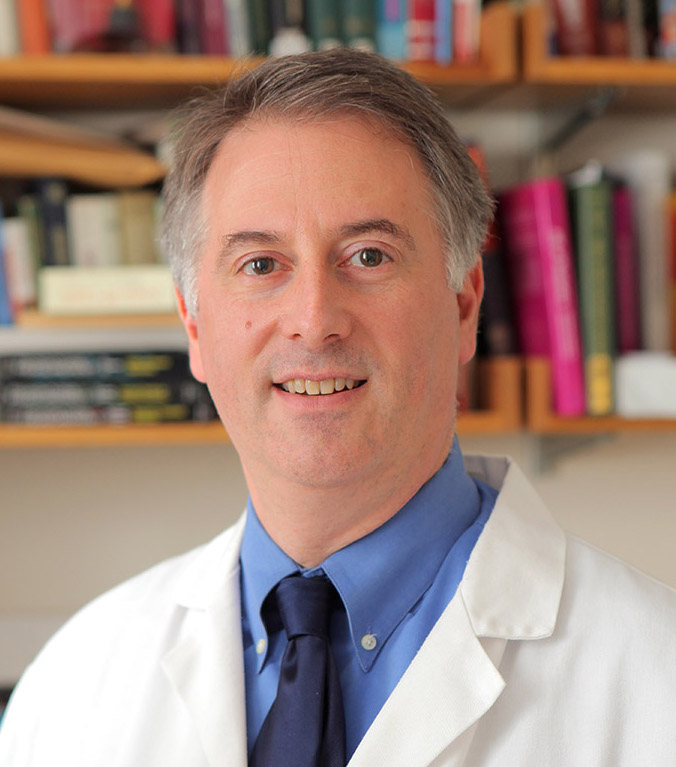
Dr Nicholas Schiff
Neurologists say the prolonged recovery of consciousness seen in people with severe COVID-19 may provide clues to a latent neuroprotective mechanism in the human brain.
COVID-19 patients who are in a coma and placed on ventilators may enter a protective down-regulated state (PDS) of the brain as part of an innate mechanism to avoid hypoxic injury, according to specialists at Weill Cornell Medicine in New York.
And in a study published in the Proceedings of the National Academy of Sciences, they say that understanding of this down-regulated brain state seen in COVID-19 and cardiac patients may offer new insights into new approaches for fostering recovery from disorders of consciousness
“The delayed recoveries in COVID-19 patients are very much like the rare cases we’ve documented in previous research. In this new paper, we describe a mechanism to explain what we’re seeing in both types of patients,” said study co-senior author Dr Nicholas Schiff, the Jerold B. Katz Professor of Neurology and Neuroscience in the Feil Family Brain and Mind Research Institute and co-director of the Consortium for the Advanced Study of Brain Injury (CASBI) at Weill Cornell Medicine.
More than a decade ago, Dr Schiff and his colleagues first observed the delays in recovery of consciousness among comatose cardiac arrest patients who received cooling therapy to reduce brain damage caused by a loss of blood flow. In one such case, a 71-year-old patient took 37 days to awaken, before ultimately making a near-complete recovery.
During the pandemic, Dr Schiff, who is also a neurologist at NewYork-Presbyterian/Weill Cornell Medical Center, performed neurology consultations for COVID-19 patients, and he soon began seeing similar, delayed awakenings occurring when patients were taken off ventilators and stopped receiving the sedatives given to them to reduce their movement.
In a separate analysis of a large cohort of Covid-19 patients from Weill Cornell Medicine and two other major U.S. medical centers, Dr Schiff and his colleagues, found that a quarter of patients who survived ventilation took 10 days or longer to recover consciousness. The more oxygen deprivation they suffered while on the ventilator, the longer that delay.
In the prior study of cardiac patients, the researchers recorded a distinctive pattern of’ burst suppression ‘ in EEG activity, one also seen in patients under deep anaesthesia.